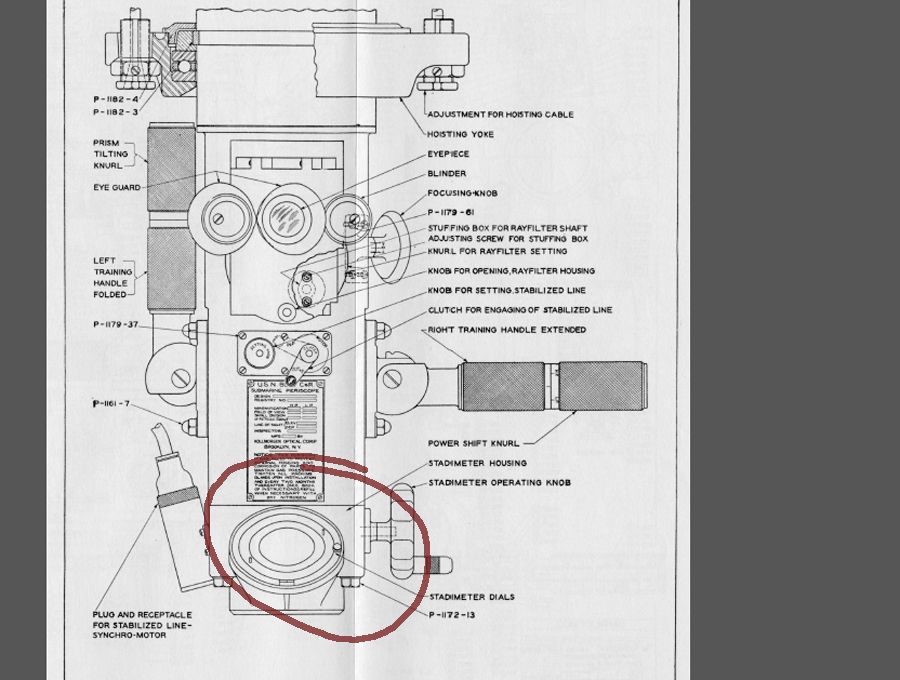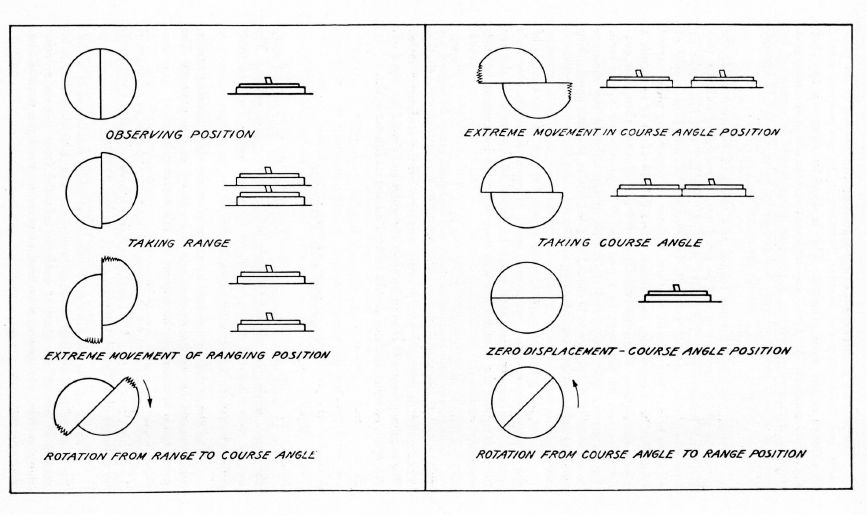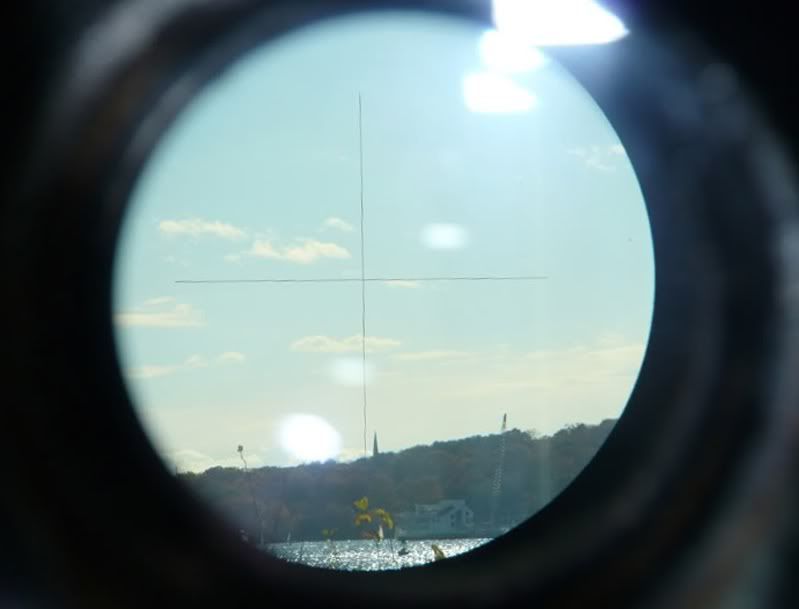I thought I'd put in my 2 cents worth.
As far as I know, the input for the TDC was basically a manual one. Verbal "calls" for the various settings coming from the Fire Control Party. It's true the TBT could signal in which direction it was pointed. This signal was not directly linked to the TDC. I don't believe any other inputs were automatically made.
Talking about AoB and the authentic aspects of the game....the game's American Stadimeter missed the mark by a wide margin. For the most part the Periscope's Stadimeter Dial provided the bulk of the information needed for the TDC.

The Stadimeter Housing Unit was fastened onto the bottom of the Periscope. The outside view was brought down through a set of prisms, passing through the Stadimeter len's before going to the eye piece. It had two half len's that slide next to each other, giving the double image. Depending on which axis the sliding edge was pointed to, Up/Down, Left/Right.....the Stadimeter would produce either an estimate of target course angle (AoB), or an estimate of range. Both shown on the Stadimeter Dial.
Target Aob and Range could be found within less than a minute by most Captains. Instructions were to have the "Stadimeter Operating Knob" turned in the farthest clockwise position when lowering the periscope. This created the ability to have the two Stadimeter len's first slide on the horizontal axis....giving the AoB of a target, when the Approach Officer first raises the periscope. Then with a further counter clockwise twist of the knob, the axis shifted to the vertical.....giving an estimated range (provided a height/length figure was found in the Recognition Manual, and the Stadimeter Dial was set to the appropriate measurement). This "shift" between the two axis was within a single complete turn of the Operating Knob.

The Stadimeter had two dials, both identical, on either side of the Periscope. It was faster to have a second observer stationed at the opposite dial to make the reading of range or target course, rather than the Captain who kept his focus at the eye piece.
The Stadimeter Dial automatically moved the center Dial Ring (one of three Dial Rings of the Stadimeter Dial), when you positioned the double image on the correct reference point. The third outer ring of the Dial was manually set to the "Targets Length". The inner dial ring was stationary, representing the "Targets Height".
Although there was no direct link to the TDC, the observer usually called out the found range and target course to have the TDC operator input the information. Unlike the TBT (Target Bearing Transmitter), which
did have direct input to the TDC operator for
just target bearing. No such direct link was made from the Periscope.
In both devices, the game has taken some creative license in simulating their functions and capabilities. In the Stadimeter's case, the game left out an important function for determining AoB from the real life unit. The game only allows the Stadimeter to work vertically, not horizontally.
With the TBT, there was no Stadimeter to help in range finding attached to it. Neither were there Telemeter Divisions for judging range. The following image shows what a TBT view looks like, taken at the Submarine Force Library and Museum, Groton Conn.

In reality, the TBT's only usefull function was to provide Relative Bearing of a focused target
=========
Something else missing in-game. In the above diagram of the periscope, you will see the reference to the knob and clutch (just below the eye piece) for a "Stabilized Line". The Stabilized Azimuth Line provides a "line in space" within the field of view. It was used to determine speed of a target. The line was electrically governed by the subs gyro compass which kept the line at a singular position, irregardless of the subs possible changing position.
Once the line was "plugged in" (it was not good to leave it operating for too long because the synchronizing motor could fog up the interior of the scope) the passage of the target over the line was timed with a stop watch, then calculated using the estimated target length to determine target speed.
The "clutch" was used to engage the synchronous motor, that was governed by the compass. You had a cord that really was "plugged in" to make it work.
As you can see, the Periscope gave you Speed, Range, Target Course (AoB)....all in one easy process. The game missed the actual simulation of this by a large margin. Not only giving us wrong height measurements, wrong scaled viewing, no length measurements (accurate or not), and incomplete simulated features of the devises used in real life.